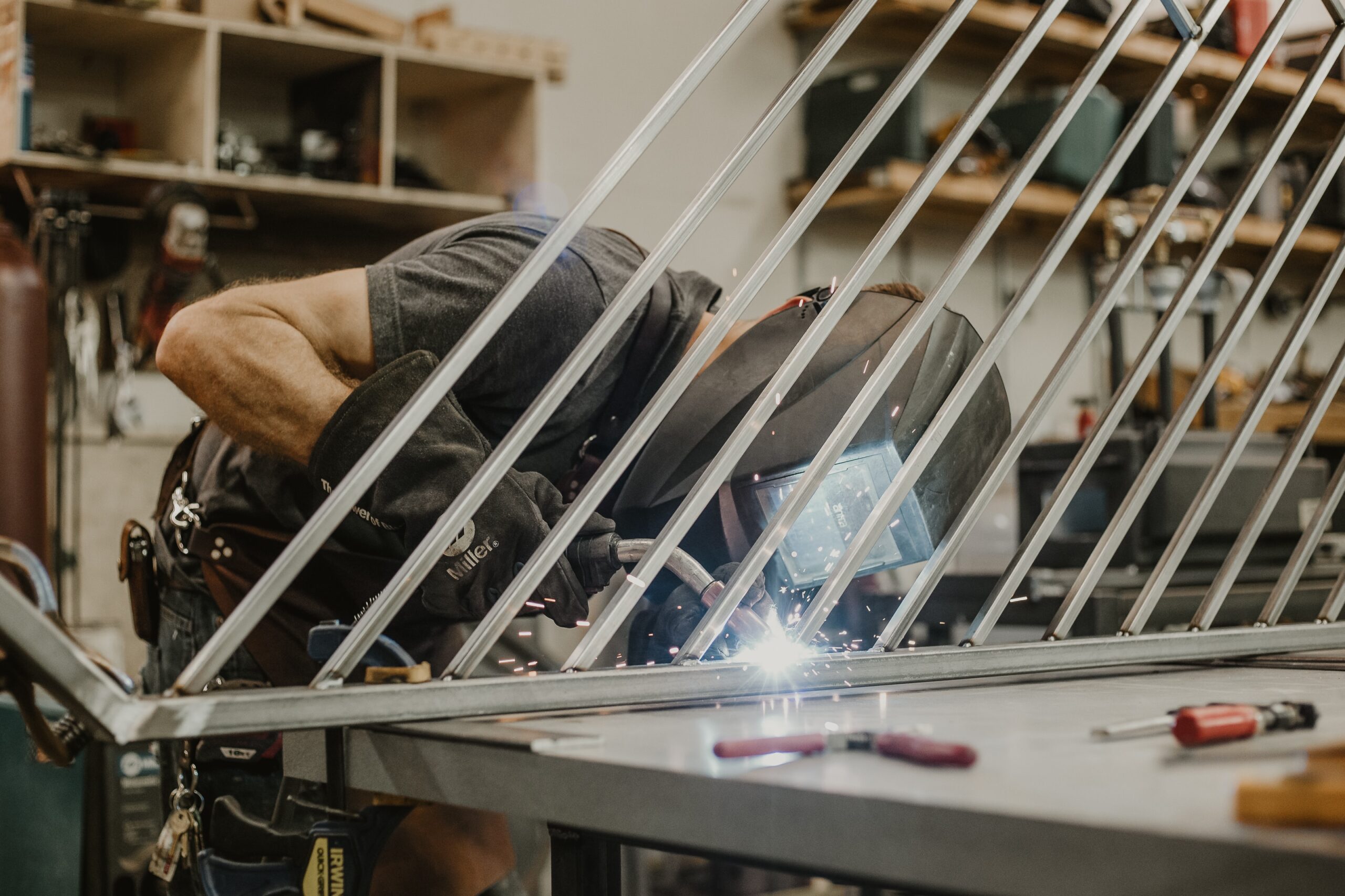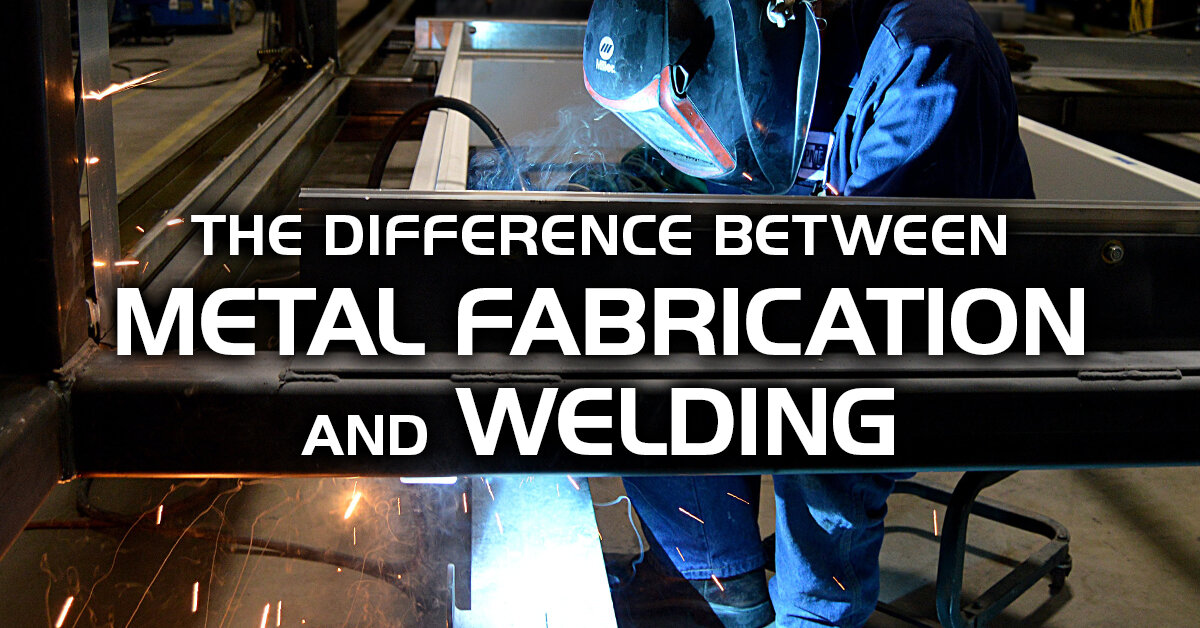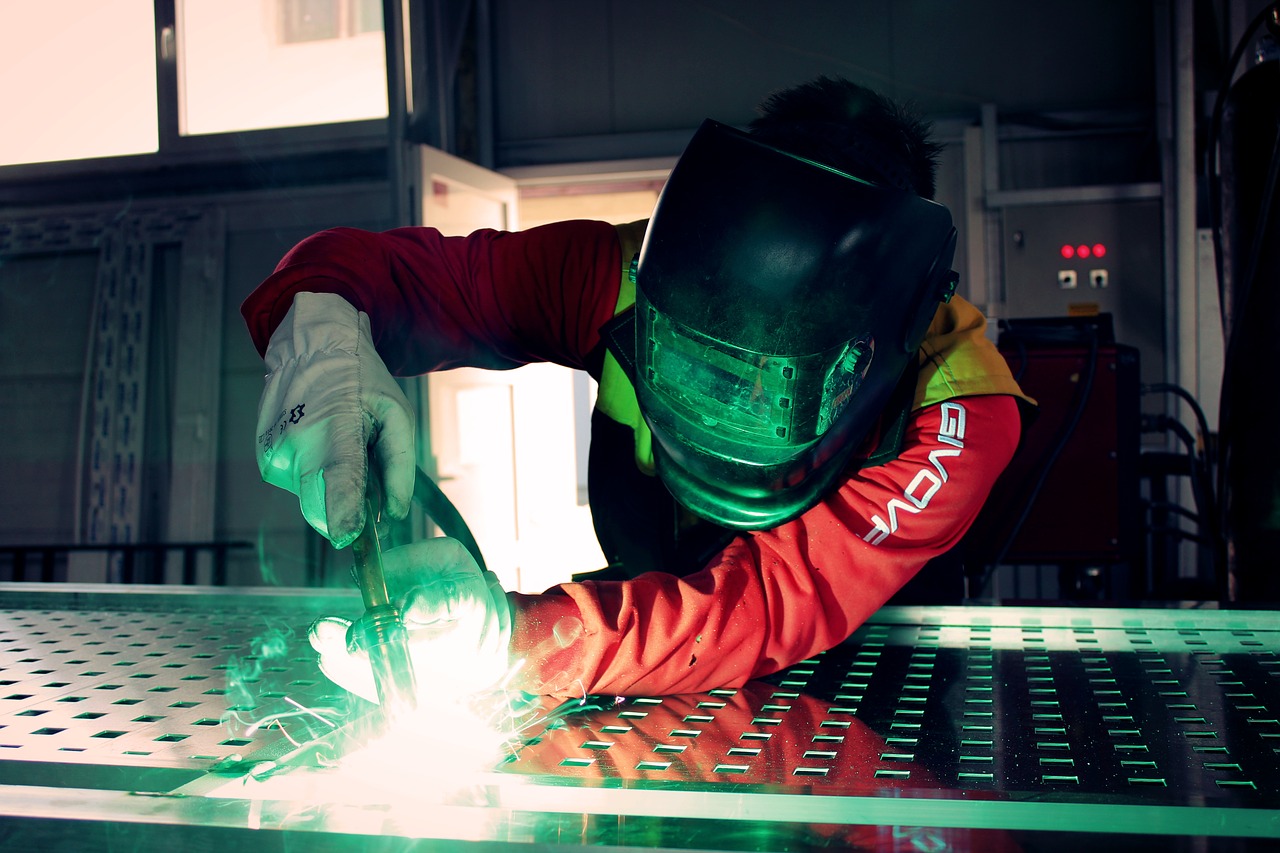Proven steps to eliminate porosity in welds with Belgrade Welding
Wiki Article
Usual Welding Repair Issues and How to Address Them Successfully
Welding repairs commonly encounter a series of concerns that can threaten the integrity of the last product. Common issues include inadequate infiltration, porosity, and misalignment, amongst others. Each flaw offers distinct difficulties that need specific techniques for resolution. Recognizing these concerns is necessary for welders aiming to enhance their skills and outcomes. This conversation will certainly check out these usual welding repair service concerns and reliable methods to resolve them.Insufficient Penetration
Inadequate penetration occurs when the weld metal falls short to fully fuse with the base product, leading to weak joints and prospective structural failures. This issue commonly comes from not enough warm input, inaccurate electrode angle, or improper welding rate. Welders may encounter inadequate infiltration because of a mistake of the necessary criteria for a details material density or type. Furthermore, contamination on the base material's surface can impede efficient bonding, intensifying the issue. To deal with insufficient penetration, welders must ensure ideal setups on their devices and maintain a tidy work surface area. Routine examination of welds is suggested to recognize any type of shortages early, enabling for timely corrections and the avoidance of compromised structural stability in welded assemblies.Porosity
Porosity is a typical defect in bonded joints that materializes as small gas bubbles trapped within the weld metal. This issue can jeopardize the integrity of the weld, resulting in lowered stamina and prospective failing under anxiety. Belgrade Welding. Porosity commonly occurs from contamination, dampness, or improper welding methods, which allow gases to run away right into the molten weld swimming pool. To resolve porosity, welders ought to guarantee appropriate surface preparation, preserve a clean workplace, and utilize appropriate welding parameters. Furthermore, selecting the ideal filler material and shielding gas can alleviate gas entrapment. Normal assessment and screening of welds can aid recognize porosity early, ensuring timely rehabilitative activities are taken, therefore protecting the high quality and integrity of the bonded frameworkImbalance
Misalignment in welding can occur from different variables, consisting of incorrect arrangement and thermal growth. Comprehending the source is crucial for efficient resolution. Numerous adjustment methods are offered to straighten parts and ensure structural stability.Reasons for Misalignment
Welding misalignment often stems from a range of underlying problems that can jeopardize structural integrity. One primary reason is inappropriate fit-up of parts before welding, which can lead to spaces and irregular surface areas. Variations in thermal growth during the welding process can likewise result in distortion, especially if the products being joined have different coefficients of development. Additionally, inadequate fixturing and clamping might fail to hold elements securely in position, bring about activity throughout welding. Improperly kept equipment, consisting of welding devices and tools, might introduce inconsistencies in the weld grain, more adding to misalignment. Operator mistake, stemming from not enough training or experience, can likewise play a significant duty in producing misaligned welds.
Modification Methods Offered
Attending to imbalance effectively requires a mix of rehabilitative methods tailored to the specific issues at hand. One typical approach is making use of components or jigs to hold components in the right setting throughout welding, guaranteeing constant alignment. Additionally, preheating the products can assist decrease distortion and boost fit-up. For significant imbalance, mechanical adjustment strategies, such as making use of hydraulic jacks or clamps, can be employed to deal with the placement before welding. Post-weld warmth treatment might additionally be needed to soothe anxieties triggered by misalignment. Finally, mindful examination and modification during the arrangement phase can avoid imbalance issues from becoming considerable troubles, advertising a smoother welding procedure and boosting overall structural stability.Distortion
Distortion is an usual difficulty in welding that can develop from numerous elements, including irregular heating and cooling. Comprehending the reasons of distortion is vital for carrying out efficient prevention methods. Addressing this issue not just enhances architectural stability but also boosts the general top quality of the weld.Causes of Distortion
When subjected to the extreme warm of welding, products typically undergo adjustments that can cause distortion. This phenomenon mostly develops from thermal growth and contraction during the welding process. As the weld area warms up, the product broadens; upon air conditioning, it gets, which can create internal anxieties. Furthermore, uneven heating across a workpiece can exacerbate these stresses, resulting in bending or flexing. The kind of material likewise plays check this a substantial duty; steels with differing thermal conductivity and coefficients of development may react differently, causing uncertain distortions. Additionally, poor joint style and inadequate fixturing can contribute to imbalance during welding, raising the likelihood of distortion. Recognizing these reasons is vital for reliable welding fixing and prevention methods.Prevention Techniques
Reliable prevention methods for distortion throughout welding focus on controlling warm input and making certain proper joint design. Maintaining a regular warm input assists to decrease thermal development and tightening, which can lead to distortion. Utilizing strategies such as preheating the work surface can likewise reduce the temperature slope, promoting uniform home heating. In addition, picking ideal joint layouts, such as T-joints or lap joints, can improve stability and lower stress and anxiety focus. Executing appropriate fixturing to protect the workpieces in position better aids in preserving alignment during the welding procedure. Staggered welding series can disperse warm more evenly, avoiding localized distortion. By applying these strategies, welders can greatly reduce the likelihood of distortion and boost the general top quality of their welds.Cracking
Fracturing is a typical issue encountered in welding fixings, commonly resulting from various factors such as inappropriate cooling prices, product option, or insufficient joint preparation. The incident of splits can considerably jeopardize the stability of the weld, leading to possible failings throughout procedure. To address this issue, welders need to first examine the origin, making sure that materials are compatible and appropriately picked for the details application. In addition, regulating the air conditioning price during the welding procedure is essential; quick air conditioning can cause anxiety and result in fracturing. Appropriate joint design and preparation also add to lessening the threat. Executing these approaches can improve weld high quality and toughness, ultimately reducing the probability of cracking in completed weldments.
Incomplete Combination
A considerable issue in welding fixings is incomplete combination, which happens when the weld metal does not effectively bond with the base product or previous weld passes - Welding. This flaw can bring about weaknesses in the joint, possibly jeopardizing the integrity of the bonded structure. Factors adding to incomplete fusion include not enough heat input, improper welding strategy, and contamination of the surfaces being joined. To address this problem successfully, welders ought to ensure correct pre-weld cleansing and surface area preparation, along with adjust their welding specifications to achieve sufficient infiltration and blend. Regular examination during the welding procedure can also assist recognize insufficient blend early, permitting prompt rehabilitative measures to enhance the total quality of the weldOverheating
While welding repair services can improve architectural honesty, overheating offers a substantial difficulty that can result in product deterioration. Too much warm during welding can change the mechanical properties of steels, resulting in reduced stamina, enhanced brittleness, and warping. This phenomenon is particularly essential in high-stress applications where architectural dependability is paramount. Identifying getting too hot can include visual assessments for staining or distortion, as well as monitoring temperature level during the welding process. To alleviate the dangers connected with overheating, welders must use suitable strategies, such as managing warmth input, readjusting traveling rate, and making use of suitable filler materials. Additionally, executing pre- and post-weld warmth treatments can help recover material residential or commercial properties and improve the general top quality of the repair service, making certain long-lasting efficiency and safety and go to my site security.Often Asked Inquiries
What Are the Usual Indications of a Welding Issue?

Exactly How Can I Check My Welds for Quality?
To evaluate welds for top quality, one can utilize aesthetic assessments, ultrasonic testing, and radiographic methods. Each technique ensures architectural integrity, determines flaws, and validates adherence to specified requirements, inevitably enhancing the integrity of the welded joints.What Security Safety Measures Should I Take While Welding?
When welding, one should prioritize security by wearing appropriate individual you could look here safety devices, guaranteeing proper ventilation, securing flammable products away, maintaining a tidy work area, and knowing surroundings to avoid injuries and crashes.Can I Fix a Weld Without Renovating the Entire Joint?
Fixing a weld without redesigning the entire joint is possible, depending on the damages (Montana Mobile Welding and Repair Fabrication). Strategies such as grinding, including filler product, or making use of a welding process can successfully resolve details problems while maintaining the surrounding frameworkWhat Tools Are Important for Efficient Welding Repair Works?
Important tools for effective welding repairs include a welding device, cable brush, grinder, protective equipment, clamps, and filler products. Each device plays a vital function in guaranteeing top quality and safety and security throughout the repair work process. Porosity typically emerges from contamination, dampness, or improper welding techniques, which enable gases to leave into the liquified weld swimming pool. Improperly conserved equipment, consisting of welding machines and tools, may present incongruities in the weld grain, further contributing to imbalance. When subjected to the intense warmth of welding, materials usually undergo adjustments that can lead to distortion. Splitting is a common concern run into in welding repair services, often resulting from numerous variables such as improper cooling rates, product choice, or insufficient joint prep work. A substantial problem in welding repair work is insufficient fusion, which takes place when the weld steel does not properly bond with the base product or previous weld passes.Report this wiki page